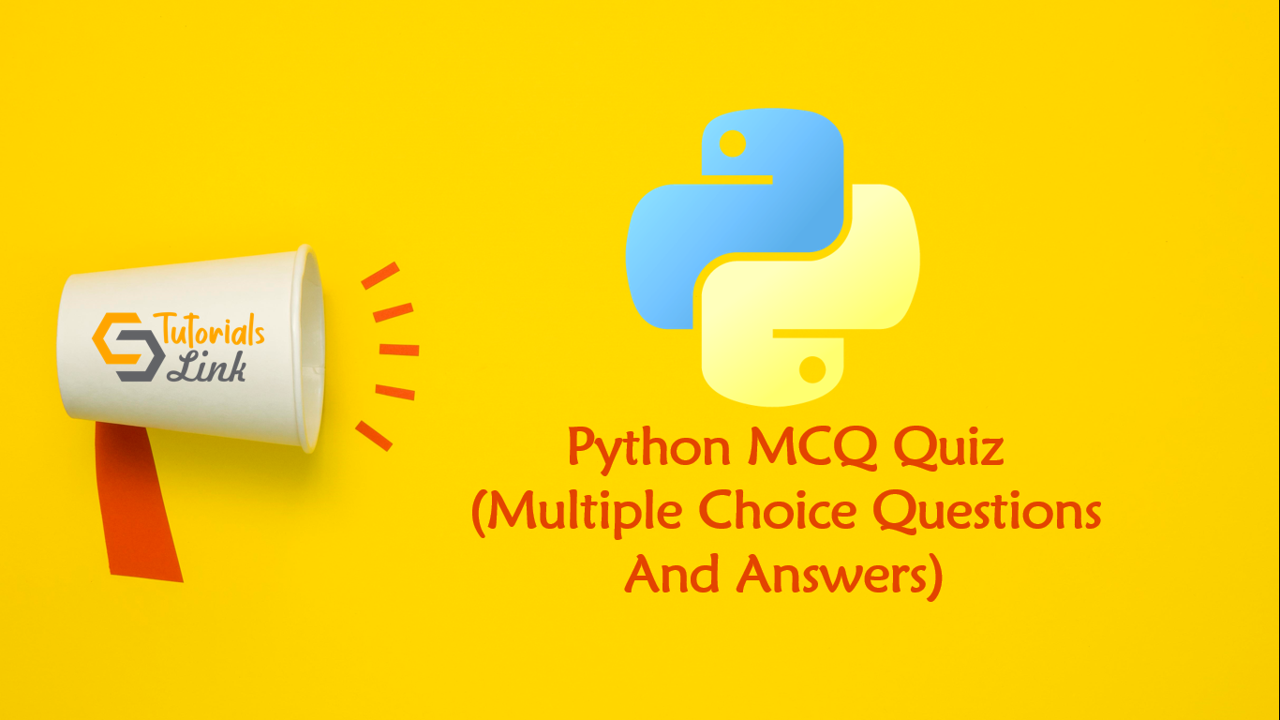Python Multiple Choice Questions And Answers
Are you preparing for the next job interviews? If yes, trust me this post will help you also we'll suggest you check out a big collection for Programming Full Forms that may help you in your interview:
List of Programming Full Forms
16. What will be the output of the following Python code and state the type of copy that is depicted?
l1=[2, 4, 6, 8]
l2=[1, 2, 3]
l1=l2
l2 The code shown above depicts shallow copy and the output of the code is: [1, 2, 3].
- [2, 4, 6, 8], shallow copy
- [2, 4, 6, 8], deep copy
- [1, 2, 3], shallow copy
- [1, 2, 3], deep copy
ef fact(num):
if num == 0:
return 1
else:
return _____________________ Suppose n=5 then, 5*4*3*2*1 is returned which is the factorial of 5.
- num*fact(num-1)
- (num-1)*(num-2)
- num*(num-1)
- fact(num)*fact(num-1)
def f1(x):
global x
x+=1
print(x)
f1(15)
print("hello") The code shown above will result in an error because ‘x’ is a global variable. Had it been a local variable, the output would be: 16
- error
- hello
- 16 hello
def f1(a,b=[]):
b.append(a)
return b
print(f1(2,[3,4]))In the code shown above, the integer 2 is appended to the list [3,4]. Hence the output of the code is [3,4,2]. Both the variables a and b are local variables.
- [3,2,4]
- [2,3,4]
- Error
- [3,4,2]
Program code making use of a given module is called the client of the module. There may be multiple clients for a module.
- Client
- Docstring
- Interface
- Modularity




